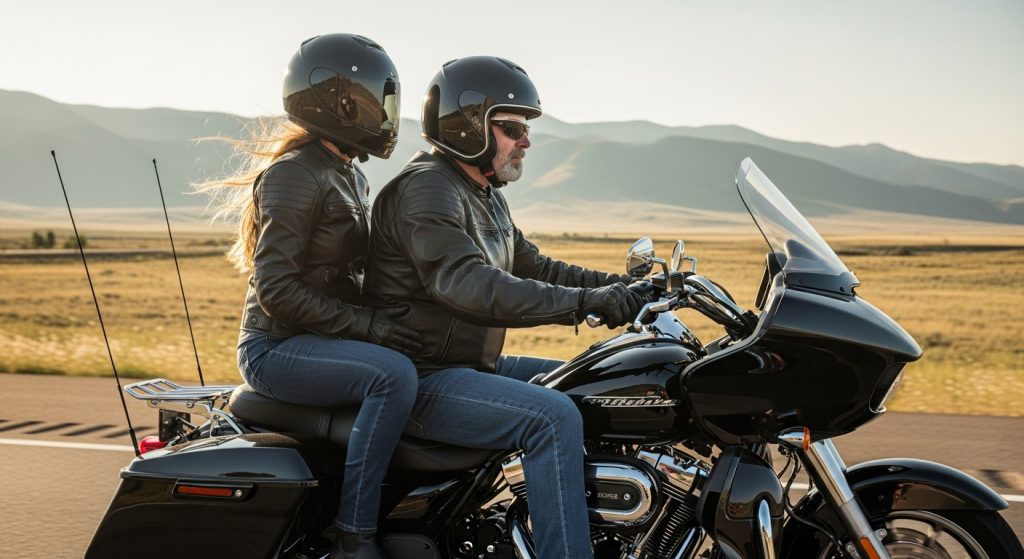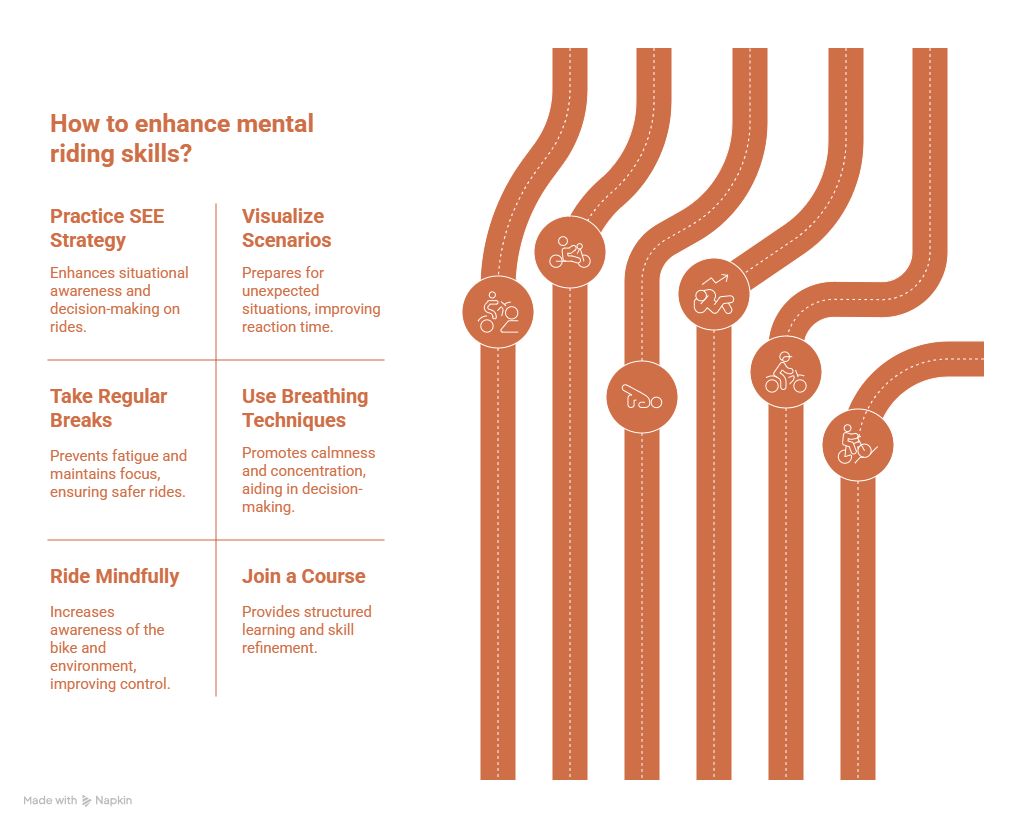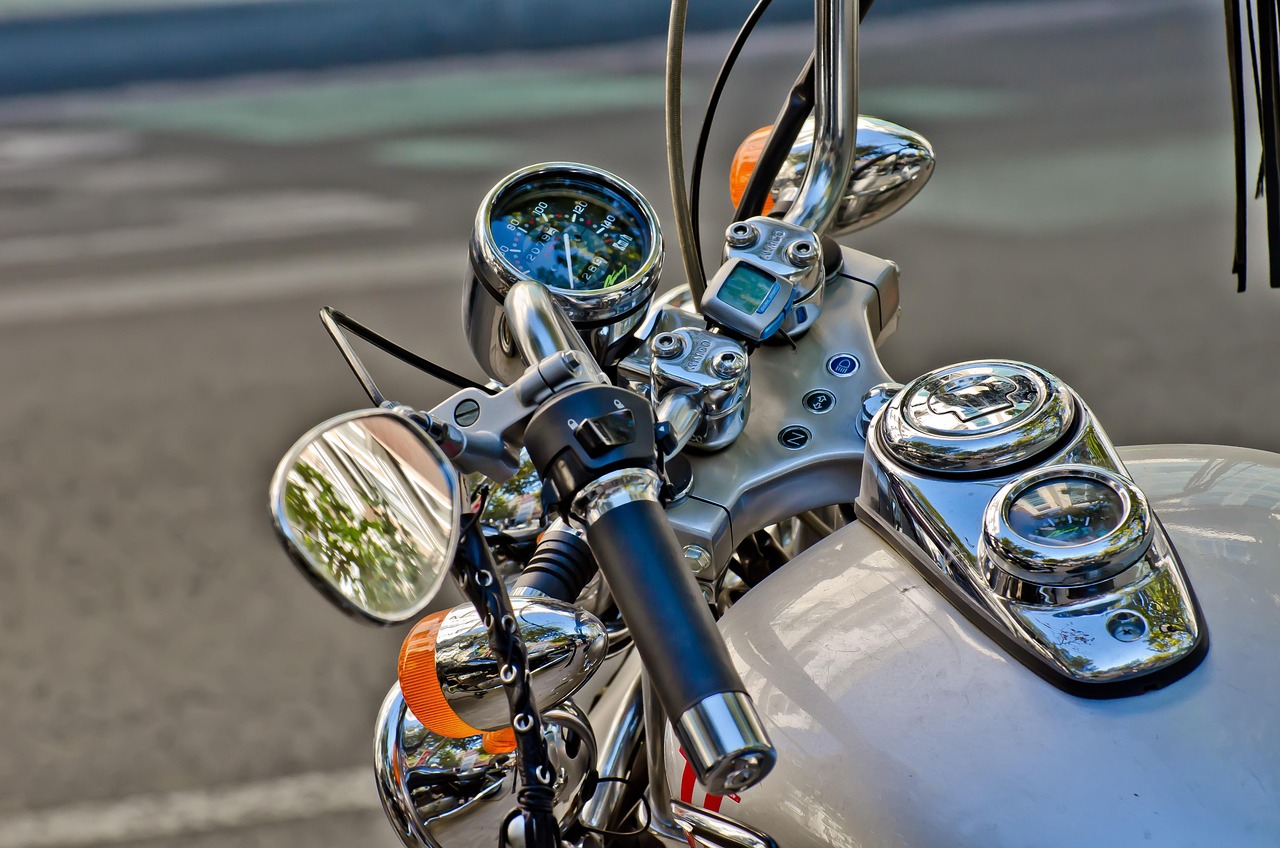Riding a motorcycle isn’t just about balance, throttle, or leaning into turns. It’s about what’s going on in your head. The best riders stay sharp, calm, and fully locked into the ride. Without mental discipline, even the most skilled riders can make dangerous mistakes.
Mental skills matter just as much as physical ones. If you want to ride safely and stay confident, train your brain too.
Why Mental Skills Matter in Motorcycle Riding
Motorcycles demand more mental focus than cars. You’re more exposed, less protected, and you have to make decisions fast. A lapse in judgment or a moment of distraction can be costly.
Good mental habits help you spot danger early, make smarter decisions, and stay in control under stress. That’s what keeps you upright and out of trouble.
Key Mental Skills Every Rider Needs
Situational Awareness
You need to see everything, all the time. Watch the road surface, check mirrors, spot that car creeping into your lane. Look for patterns—a car slowing without braking, a truck swaying in the wind.
The Motorcycle Safety Foundation teaches the SEE strategy:
Always be looking ahead, judging risks, and making a plan before something becomes an emergency.
Sound Judgment and Decision-Making
You won’t always have time to think. That’s why judgment is key. Should you swerve or brake? Is it safe to pass? Do you downshift or coast?
Smart riders make good choices fast. They avoid risky moves and know when to hold back. They pick safe lane positions and understand traffic flow.
Good decisions are the difference between a close call and a crash.

Focused Attention and Mental Clarity
You can’t zone out on a bike. A glance at your phone or a daydream at a red light can lead to disaster.
Strong focus helps you react quicker and spot problems before they get serious. Clear thinking gives you the edge in tricky spots, like merging lanes or dodging road debris.
Train yourself to stay present. Use short rides to practice full concentration. If your mind wanders, take a break.
You can find more on this topic in Voom Insurance’s guide on mental focus.
Emotional Control
Frustrated with traffic? Feeling rushed? Someone cut you off?
You can’t ride well when your emotions take over. Anger makes you aggressive. Anxiety makes you freeze. Fear clouds your thinking.
The best riders stay cool. They breathe, reset, and stay in control. If you’re worked up, pull over. Ride with a clear head.
Proactive Threat Management
You can’t wait for problems to happen. You have to spot them early and be ready to act.
The SEE method works here, too. Search for risks, evaluate what could go wrong, then execute a safe response. Scan for blind spots, sudden stops, loose gravel, or bad weather ahead.
Treat every ride like a mental workout. Keep asking, “What if?” and have a plan.
Confidence Without Overconfidence
Confidence keeps you steady. It helps you react fast and stay calm. But overconfidence? That’s dangerous.
Confidence comes from training and repetition. It grows when you ride within your limits and learn from every trip.
Overconfidence skips steps. It leads to risky moves and poor decisions. Know your skill level. Respect the ride.
New riders can check out this guide to building skills and easing anxiety for more support.
How to Train Your Mental Riding Skills

- Practice the SEE strategy on every ride.
- Visualize different riding scenarios. Imagine what you’d do in a sudden stop or if a car drifts.
- Take regular breaks. Riding while tired or mentally drained leads to poor decisions.
- Use breathing techniques. These help you stay calm and focused.
- Ride mindfully. Pay full attention to the feel of the bike, the sounds, and the environment.
- Join a course. A refresher from the MSF sharpens both physical and mental skills. MSF RiderCourse
Ride Smarter, Ride Safer
The Montana Motorcycle Safety Foundation is here to support you with the skills, knowledge, and mindset to ride with confidence.
Even if you’re not signing up for a course today, you can still take the first step: commit to becoming a safer rider. That mindset shift could save your life — and every mile ahead will feel better because of it.
Ready to sharpen your skills?
Explore MMSF courses today and ride with confidence.

